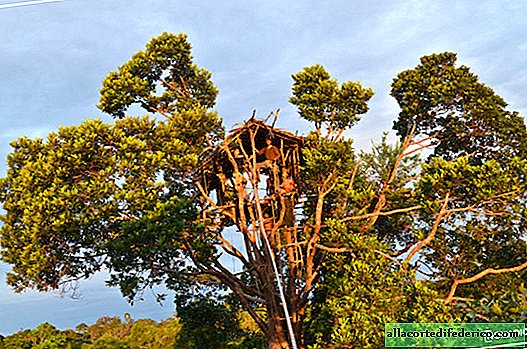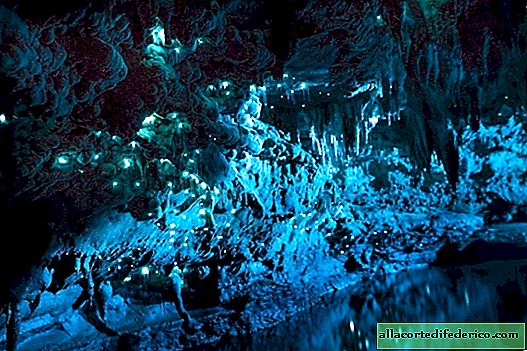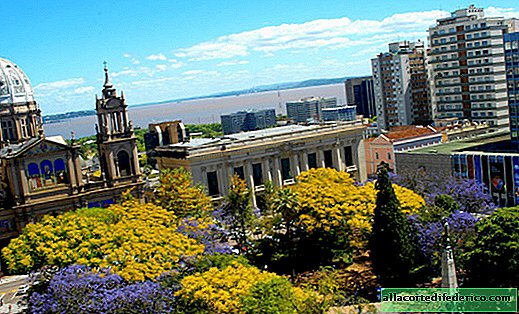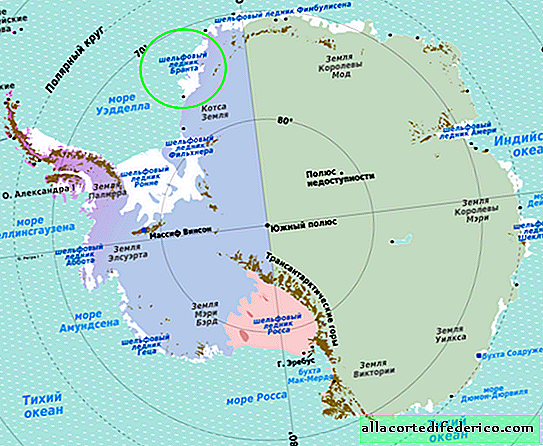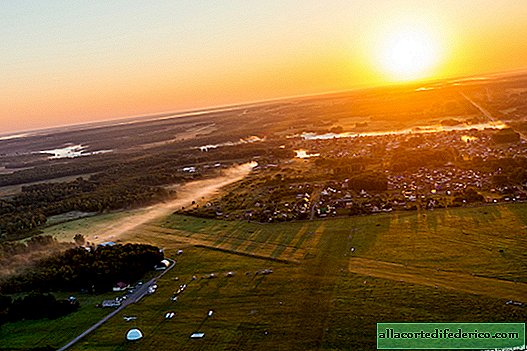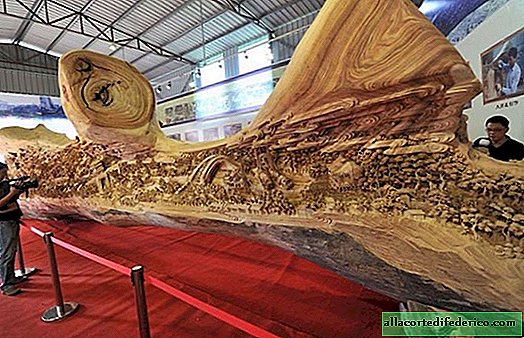Who built the "underwater city" off the Greek island of Zakynthos
A few years ago, near the Greek resort island of Zakynthos, at the bottom of the Ionian Sea, strange structures were discovered that resembled columns and floors paved with slabs. Divers who were the first to see this place immediately decided that they were dealing with the flooded port city of a long-forgotten civilization, possibly even with evidence of the legendary Atlantis. Of course, scientists became interested in history. And pretty quickly solved the riddle of the "underwater city."
This city is the best city under water
At first glance, the structures really seem to be examples of some ancient architecture. True, scientists were embarrassed that besides the “city” itself there are no signs that they once lived in it: human (or at least Atlantian) remains, broken ceramics, household items, and so on.
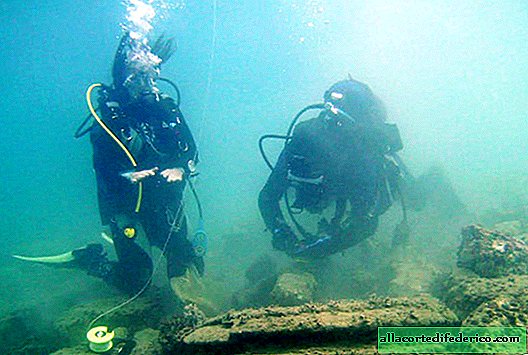
Further more. A deeper study showed that the "city" appeared in the Pliocene era, about 5 million years ago. At this point, seekers of ancient civilizations should happily clap their hands with a cry: "We said! 5 million years ago there was already a developed civilization on Earth." But there is one snag: the "underwater city" off the coast of Zakynthos island appeared without the participation of people, Atlanteans, aliens or the "Housing issue" program. This is a natural formation, a geological joke addressed to all lovers of ancient secrets.
Microbes-builders
Scientists examined the area between two and five meters under water and found that it was actually a natural geological phenomenon. The structure of the “stone disk”, which looks like the round bases of the columns, is typical of the consequences of the mineralization of hydrocarbons - this can occur both during the Pliocene and on the modern seabed.

Microbes in the sediment on the seabed use carbon in methane as fuel. When methane eventually oxidizes, the chemical structure of the sediment changes, forming a kind of natural cement, known to geologists as nodule. This time, an unusual mineral called dolomite appeared as cement. It rarely forms in seawater, but can be quite common in microbial-rich sediments.

In addition, such formations are rarely found in shallow water. Most of these "underwater city landscapes" are found, as a rule, at a depth of hundreds and thousands of meters. So they are still waiting in the wings to amaze and inspire researchers of the seabed - until scientists come and again explain everything.




